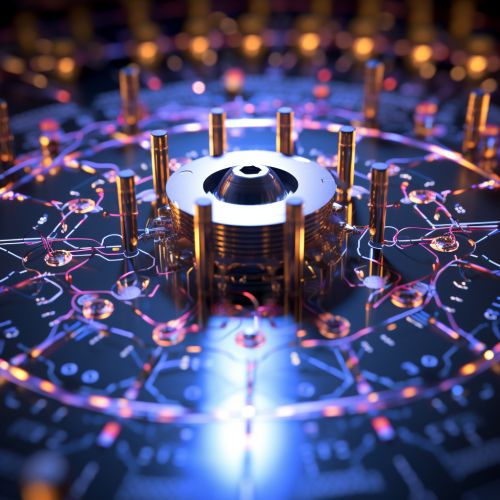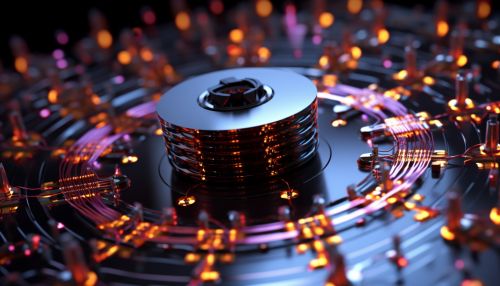Quantum Computing with Topological Qubits
Introduction
Quantum computing is a rapidly evolving field of technology that leverages the principles of quantum mechanics to process information. One of the key components of a quantum computer is the quantum bit, or qubit, which is the quantum analogue of a classical bit. Unlike classical bits, which can be either 0 or 1, qubits can exist in a superposition of states, allowing them to perform multiple calculations simultaneously. This article will focus on a specific type of qubit known as a topological qubit.


Topological Qubits
Topological qubits are a type of qubit that are designed to be more robust and less prone to errors than other types of qubits. They are based on the concept of topological quantum computing, which is a theoretical approach to quantum computing that uses anyons, a type of quasi-particle, to perform quantum computations.
The term "topological" refers to the fact that these qubits are not affected by small changes in the shape or configuration of the system. This is because the information stored in a topological qubit is not located in a specific place, but rather is stored in the overall state of the system. This makes topological qubits highly resistant to errors caused by environmental noise, which is one of the main challenges in the development of practical quantum computers.
Anyons and Braiding
The fundamental operation of a topological quantum computer involves the manipulation of anyons. Anyons are unique because they do not obey the usual laws of quantum mechanics. Instead, they follow a set of rules known as anyonic statistics, which are a generalization of the familiar bosonic and fermionic statistics.
In a topological quantum computer, anyons are manipulated by a process known as braiding. This involves moving the anyons around each other in a specific pattern. The result of a computation depends on the sequence of braiding operations, not on the exact path taken by the anyons. This makes topological quantum computing inherently fault-tolerant, as small errors in the positions of the anyons do not affect the outcome of the computation.
Advantages and Challenges
The main advantage of topological qubits is their inherent resistance to errors. This is a major advantage in quantum computing, where errors can quickly accumulate and ruin a computation. Topological qubits are also expected to require less error correction than other types of qubits, which could make them more practical for building large-scale quantum computers.
However, there are also significant challenges to be overcome in the development of topological quantum computers. One of the main challenges is the experimental realization of anyons. While anyons are predicted by theory, they have not yet been definitively observed in nature. Another challenge is the development of techniques for manipulating anyons and performing braiding operations.
Conclusion
Topological qubits represent a promising approach to the development of practical quantum computers. Their inherent resistance to errors and potential for scalability make them an attractive option for quantum computing. However, significant challenges remain to be overcome, including the experimental realization of anyons and the development of techniques for manipulating them.
